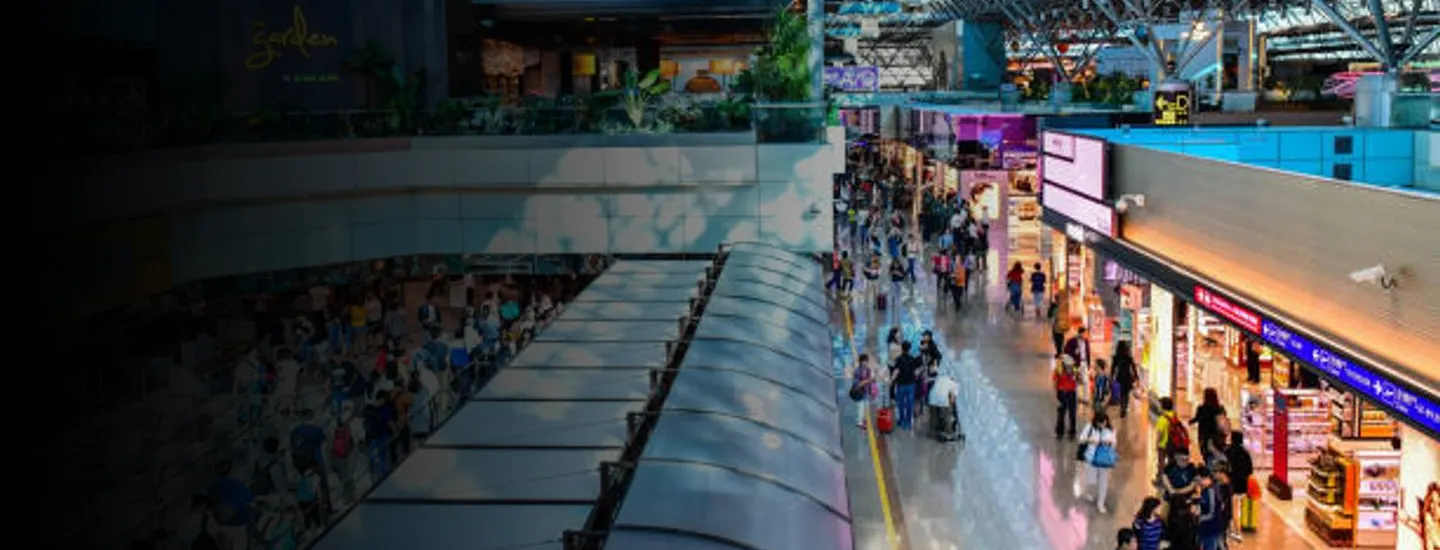Airport retailers have been buffeted by countless forces beyond their control during the pandemic, from the imposition of onerous travel restrictions to the shutting down of terminal buildings.
All have seen passenger footfall and spending affected, but different groups of concessionaires have been affected to differing extents. F&B, press stores and alcohol have proved reasonably resilient, while apparel and luxury goods have been hit hardest.
If the shifts in consumer behaviour of the last 18 months prove permanent, this will affect not only how airports review their concessionaire mix, but also how retailers themselves respond.
In the near term, stronger, larger, diversified groups may be more suited to operating in the airport retail space and others will probably never open again. Some retailers are adjusting their product range to take advantage of the new paradigm. WHSmith, for example, has added health, beauty and wellbeing categories in certain locations, which has helped boost average transaction value from around £7 to £10. As travel outlets have a higher margin than the high street, this could prove a valuable strategy.
Retailers are also adapting their trading channels. Some are building out their ecommerce offer, while others who have until now been airport-only are adding downtown locations. Many retailers are still navigating a learning curve, as the different channels and online routes are sometimes in conflict with each other.
Coherence and collaboration in strategy execution will be critical
For airports and retailers, it is important to consider that some of the changes we have seen over the last 18 months may not last, and passengers may revert to previous habits. Myriad external factors – from environmental considerations to business travel trends in the age of video conferencing – could affect passenger volumes and profiles, and consumer behaviour within the airport.
However, one thing is clear – technology will continue to evolve and understanding how to take advantage will be critical. Customer journeys at airports are shifting faster than ever before, and airports and retailers need to adapt. App-based food ordering and online shopping with click and collect points at gates are just two of the tactics being applied.
More sophisticated innovations include virtual reality applications to test products. One example is L'Oréal’s experimental work with barcodes to allow shoppers to virtually test a range of beauty products.
Integration and coordination of efforts is key. Standardisation of displays or ordering devices provides a smoother experience for travellers. Adding flight and gate information to tabletop ordering displays also increases convenience, but requires interoperability between the data systems of restaurants and airports.
Above all, airports will need to determine a coherent customer experience strategy and understand how to operate efficiently and allow value creation. Understanding core competencies of all parties (airports, airlines, concessionaires and brands) and working towards common goals will be key to delivering on the strategy and providing the promised value. Airports may face a thinner choice of partners and will need to decide how to support local or new concepts to cater to shifting customer expectations and the economic reality all retailers face today.
Recovery will be a long-term game and the flexibility to adapt over the entire horizon will prove vital in maximising value during the journey.



